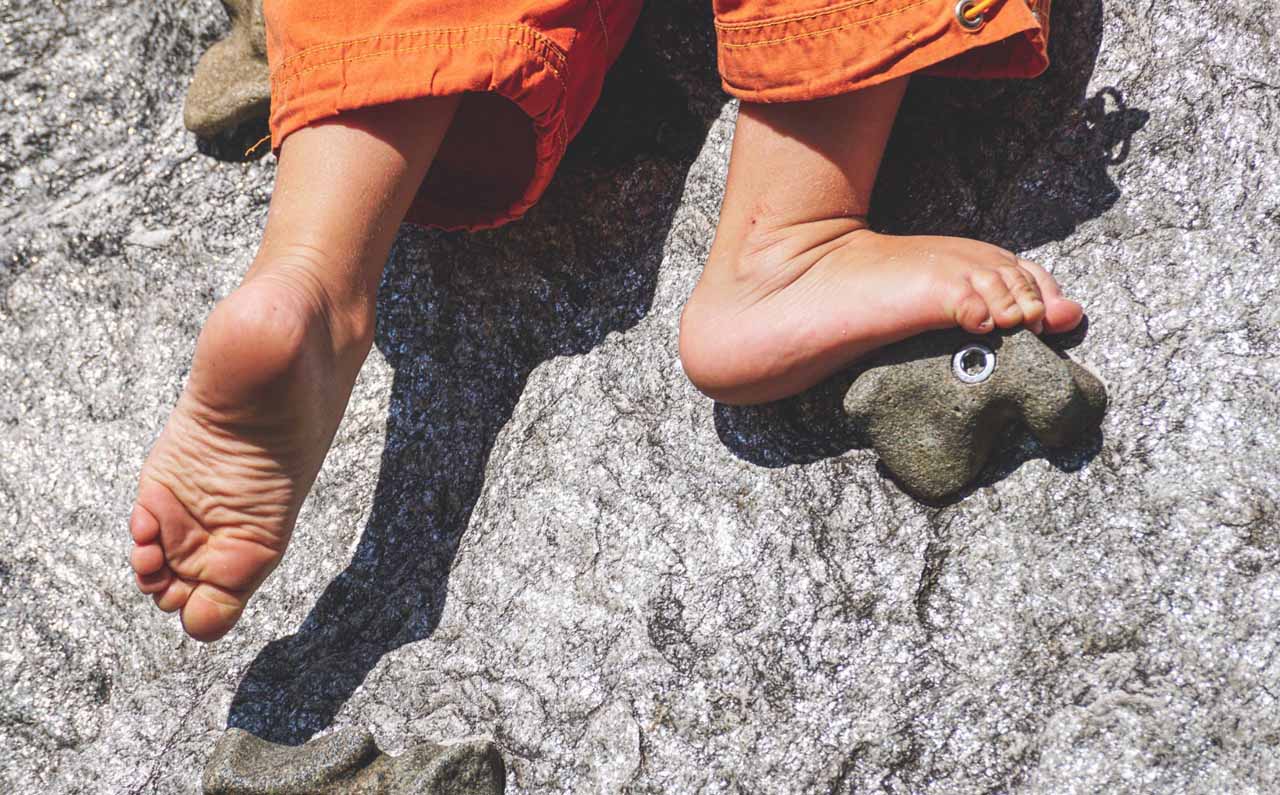Bouldering Foot Placement Basics Easy Steps and Drills
Knowing your foot's different placement areas is crucial to improving your foot placement techniques. You can learn more about the different foot areas in a bouldering shoe in this article. Also, you will learn the 8 Keys to Building Superior Bouldering Foot Placement Techniques. Read on for a list of drills that will help you build your foot placement techniques. You'll be glad you did once you start climbing!
Why Is good foot placement important for bouldering
While the technique of using your feet is extremely important in climbing, it's even more crucial when bouldering. You must be able to control where your foot lands on a foothold without having to constantly reposition your foot. If you don't practice proper foot placement, you'll have to constantly reposition your foot, which wastes your energy and endurance. Fortunately, bouldering offers an easy way to practice good foot placement.
Practicing good foot placement can help you avoid stalls. These can cause unnecessary strain on your arm. Furthermore, it's difficult to fumble with your feet on small edges. Aim for a perfect foot placement and you'll be able to move smoothly. If you're not careful, you'll end up pushing your hips off the wall and limit your reach. As an added bonus, foot placement is extremely important.
While foot placement is important in bouldering, a beginner's focus should be on controlling the upper body. The reason is simple: climbing boulders involves using your arms to support your body weight. Using only your arms can be tiring in a short time. Good foot placement will also prevent your arms from overextending and fatigue you. To ensure perfect foot placement, try climbing routes that are extra silent or with lower grades.
Know the Different Areas in a Bouldering Shoe
To choose the perfect bouldering shoes, you must know the various areas of the sole. Soft soles are ideal for short boulder routes, while stiffer soles provide more support and sensitivity. Thick soles are more durable, but don't offer the same degree of sensitivity or support as thin soles. Minimum support is a good choice for beginner footwork, but is a bit fatiguing on vertical. Medium-stiff soles offer good all-round performance and provide support for edging and crack climbing.
The midsole is a piece of material built into the shoe between the outsole and foot bed. While the softer types of bouldering shoes don't use a midsole, they feature solid plastic inserts in the midsole to give the shoe a rigid profile. The foot bed, or interior material, is another important part of a bouldering shoe. Some foot beds are specifically designed for comfort and traction, while others are made to be odor-resistant and stop the shoes from slipping.
Another essential component of a Bouldering shoe is the last shape. There are two main kinds of lasts: symmetric and asymmetric. Asymmetrical shoes are curved to the big toe, while symmetrical shoes are more rounded to the outside. The asymmetrical last is an aggressive style, while asymmetrical shoes are more relaxed. While most shoes are symmetrical, not all of them are aggressive.
8 Keys in Order to Build Superior Bold Foot
Proper bouldering foot placement is one of the most underrated aspects of climbing. Often beginners focus solely on their arms when they first start bouldering. While it can be fun to use your arms, it is very easy to get burned out on longer bouldering routes if your hands are all you have. Here are 8 key factors to consider when developing your foot placement. Here are some tips and drills to improve your foot placement:
8 Drills for building foot placement techniques
These eight bouldering foot placement drills are incredibly useful for improving precision. By using your feet to generate force, you'll be able to tackle harder routes in no time. Try them out and see how quickly you improve! You'll be amazed! Here are eight of my favorites:
Rest point drill: This bouldering foot placement drill requires you to find a rest point on every five or six moves. While climbing, you should shake your arms after every series. This prevents getting pumped, and it also helps you stay close to the wall during your exercise. This is an excellent technique for bouldering and traversing, but it also helps with your overall climbing style. The goal is to get as close to the wall as you can without moving your feet too much.
Build up your foot placement technique by working on the arm and leg muscles. A proper foot placement requires the proper placement of your feet and the ability to pivot on a foothold. It is critical to practice this skill by working on four different routes and improving your technique on each. You will notice a significant improvement in your technique if you can do these drills consistently. In addition to improving your foot placement technique, these drills will improve your body tension and concentration.
In addition to focusing on your feet and legs, try using Vertical World features in your bouldering training sessions. These features are ideal for developing foot placement techniques that will transfer to sport climbing. By building strength in these muscles, you'll also notice improvements in your bouldering skills. With that, you'll be on your way to climbing harder boulders and acclimating to the sport's highest levels.
How to study other climbers with courage
One of the best ways to improve your bouldering technique is to watch other climbers. This can be done through climbing videos or by watching other climbers at a local gym. You can study the different ways that the climbers approach a problem, think about the differences in their technique, and try to imagine doing the same moves. If you can't climb outdoors, purchase a bouldering pad. Be careful when climbing in public and offer climbers a ride or a beer to pick you up. For beginners, you should learn how to lead belay as soon as you can.
You can also try studying other climbers online. You can find plenty of great climbers on the Internet and through magazines. Many of these people are willing to share their secrets with you. The best way to study other climbers is to attend their climbing gyms, where many people gather to socialize and train. Look for climbers who have the same level of experience as you do, and strike up a conversation with them.
Another great way to study other climbers is to learn about their foot placement. Your feet should make little to no noise while bouldering. A lot of noise indicates that you have too much momentum, and you have to work on controlling your feet. Try climbing routes that are extra silent to improve foot placement control. Also, try to climb routes with lower grades to practice foot placement. In addition, it's a good idea to take breaks and eat something tasty.
Conclusion
A good place to begin when learning the basic techniques for foot placement is the gym. Tape the footholds where you would like to place them, and then practice by placing your feet in the proper position. Then, try to commit to that foothold as tightly as possible. This will help you build up your tension and precision. Be aware that this drill isn't for difficult routes, so don't do it on natural rocks.
A good foot placement is one of the most overlooked aspects of bouldering. Many beginners start out by focusing on using their arms to climb and are quickly burnt out. However, people who know how to use their feet effectively move smoothly and gracefully. Having a well-developed upper body will help you progress, but you won't get very far if you're sloppy.
Once you have learned the basic technique for placing your foot, you'll want to apply it to your sport climbing. Bouldering is a high-skill sport, and good footwork is essential to getting to the top. While there's no one single correct foot placement, this foundation is an excellent foundation for improving your technique in sport climbing as well. If you're looking to improve your foot placement, start by climbing lower grades. You can also transfer these techniques to rock climbing.


Comments
Post a Comment